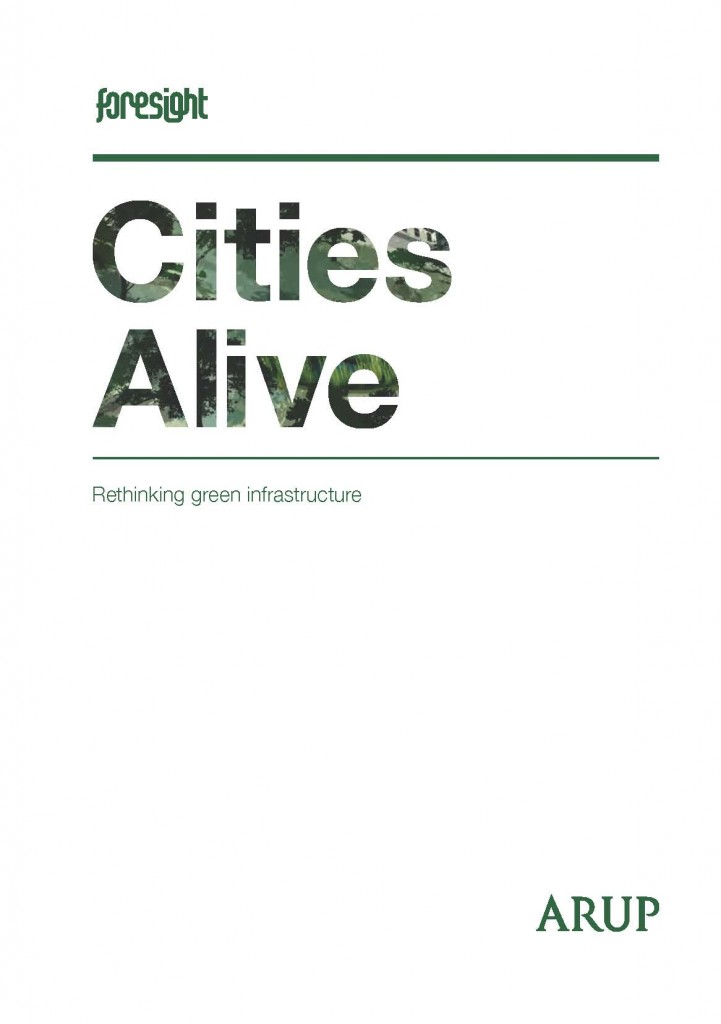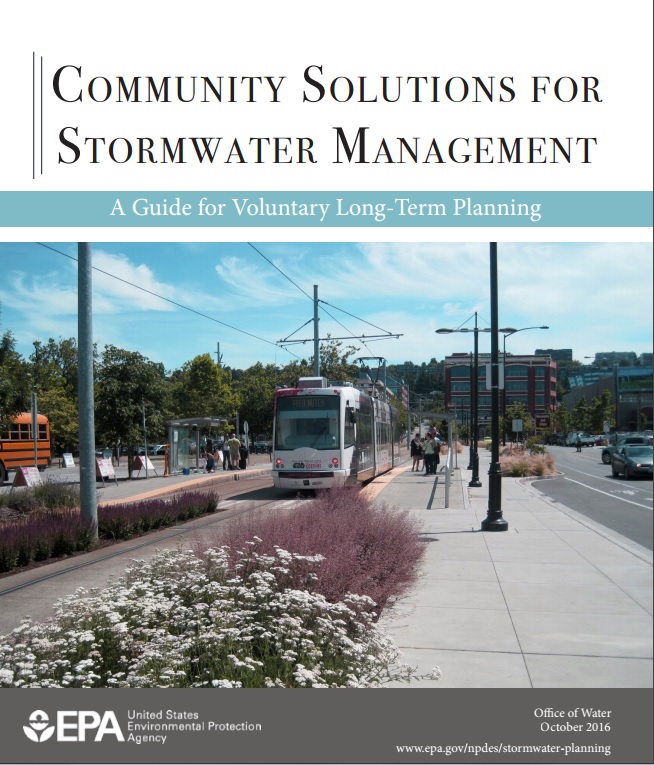 According to a new report — Cities Alive – rethinking green infrastructure — the natural environment should be a primary concern in urban development, and one that is considered from the earliest planning stages. Generated by London-based firm Arup and supported by the Landscape Institute and Royal Botanical Gardens, Kew, the report addresses global issues, including climate change and urban flooding. Cities Alive analyzes existing research and trends in landscape and city design to show how the creation of a linked ‘city ecosystem’ encompassing parks and open spaces; urban trees, streets, and squares; as well as woodlands and waterways can help create healthier, safer and more prosperous cities. Some of the more innovative elements such as urban farms, glow-in-the-dark trees, and solar powered pathways are illustrated in an artist’s impression, to demonstrate how the futuristic components can integrate into the city’s network.
According to a new report — Cities Alive – rethinking green infrastructure — the natural environment should be a primary concern in urban development, and one that is considered from the earliest planning stages. Generated by London-based firm Arup and supported by the Landscape Institute and Royal Botanical Gardens, Kew, the report addresses global issues, including climate change and urban flooding. Cities Alive analyzes existing research and trends in landscape and city design to show how the creation of a linked ‘city ecosystem’ encompassing parks and open spaces; urban trees, streets, and squares; as well as woodlands and waterways can help create healthier, safer and more prosperous cities. Some of the more innovative elements such as urban farms, glow-in-the-dark trees, and solar powered pathways are illustrated in an artist’s impression, to demonstrate how the futuristic components can integrate into the city’s network.
According to the report, landscapes should be multifunctional and advances in technology should be used to measure the value of green spaces. Further, creativity and an integrated approach are required to deliver a green ecosystem.




